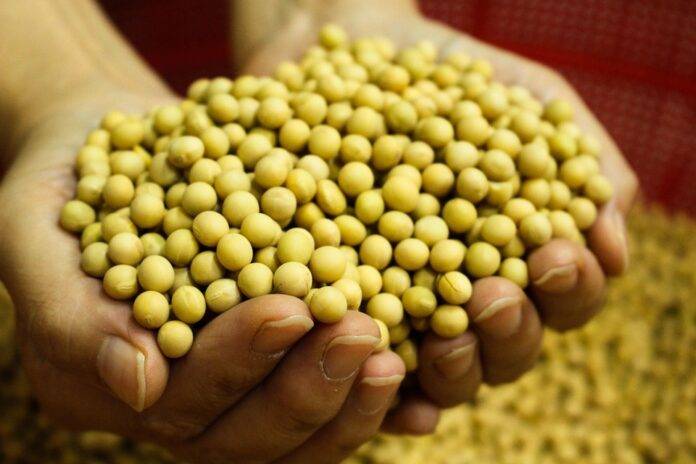Introduction
Soy milk has become a popular alternative to dairy milk for many consumers, whether due to lactose intolerance, dietary preferences, or environmental concerns. However, not many people are aware of the intricate supply chain that brings soy milk from the fields to store shelves. In this report, we will delve into the complete supply chain behind soy milk, from the soy fields where it all begins to the store shelves where consumers purchase the final product.
From Soybean Farming to Soy Milk Production
Soybean Farming
The journey of soy milk starts with soybean farming. Soybeans are cultivated in large fields across the United States, with major soy-producing states including Iowa, Illinois, and Minnesota. Farmers plant soybeans in the spring and harvest them in the fall. The soybeans are then transported to processing facilities for further production.
Soy Milk Production
Once the soybeans reach the processing facility, they undergo a series of steps to extract the soy milk. The soybeans are cleaned, soaked, and ground into a slurry. The slurry is then heated and filtered to separate the soy milk from the solids. The resulting soy milk is then fortified with vitamins and minerals before being packaged and distributed to retailers.
Transportation and Distribution
Transportation
After the soy milk is produced, it needs to be transported to distribution centers and then to retailers. Transportation plays a crucial role in the supply chain of soy milk, as timely delivery is essential to ensure freshness and quality. Trucks are the most common mode of transportation for soy milk, although some companies may also use trains or ships for long-distance shipments.
Distribution
Once the soy milk reaches the distribution centers, it is stored temporarily before being sent to retailers. Distribution centers act as hubs where products are sorted, consolidated, and then shipped to different stores. Efficient distribution is key to ensuring that soy milk is readily available to consumers at their local grocery stores.
Retailing and Consumer Purchase
Retailing
Soy milk is typically sold in grocery stores, health food stores, and online retailers. Retailers stock soy milk on their shelves and refrigerated sections, making it easy for consumers to purchase. Some retailers may also offer promotions or discounts to encourage sales of soy milk.
Consumer Purchase
Consumers purchase soy milk for a variety of reasons, including health benefits, dietary restrictions, and environmental concerns. Soy milk is available in different flavors and varieties, catering to a wide range of preferences. Consumers can choose from organic, non-GMO, and fortified soy milk options based on their individual needs and preferences.
Industry Insights and Trends
Industry Insights
The soy milk industry has seen steady growth in recent years, driven by increasing consumer awareness of health and sustainability issues. Major players in the soy milk market include Silk, Alpro, and Vitasoy, among others. These companies invest heavily in marketing and product innovation to stay competitive in the market.
Trends
One of the key trends in the soy milk industry is the rise of plant-based diets and veganism. As more consumers seek alternatives to dairy products, the demand for soy milk is expected to continue growing. Additionally, companies are focusing on sustainability and ethical sourcing practices to appeal to environmentally conscious consumers.
In conclusion, the journey of soy milk from soy fields to store shelves involves a complex supply chain that encompasses farming, processing, transportation, distribution, retailing, and consumer purchase. Understanding the complete supply chain behind soy milk sheds light on the efforts and resources involved in bringing this popular dairy alternative to consumers around the world.

